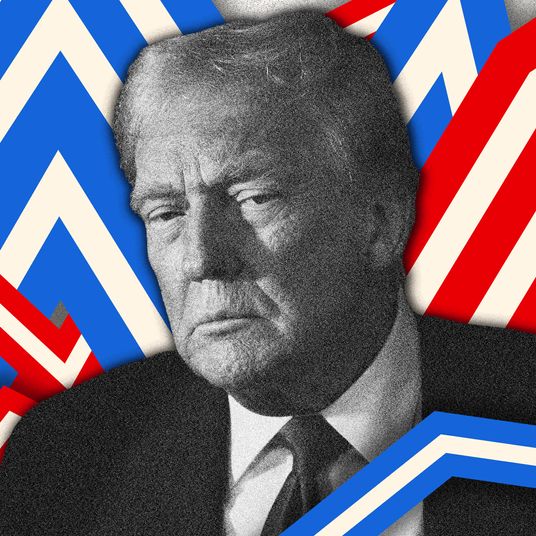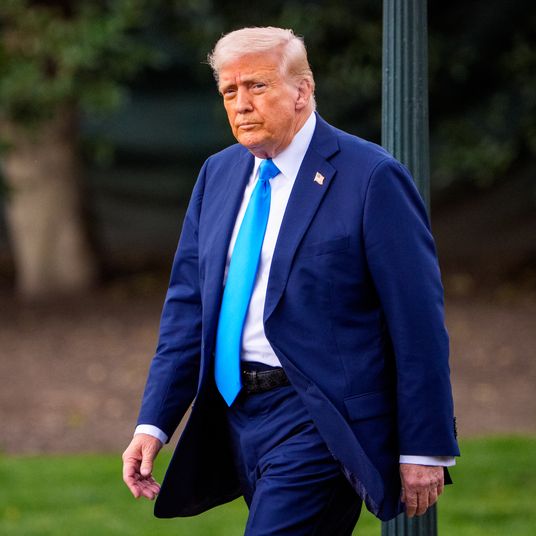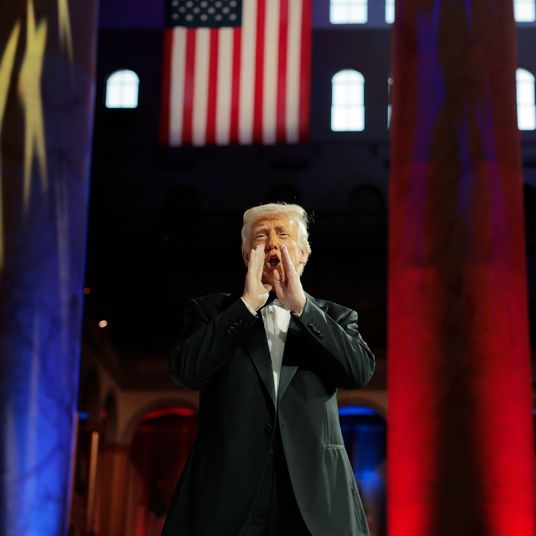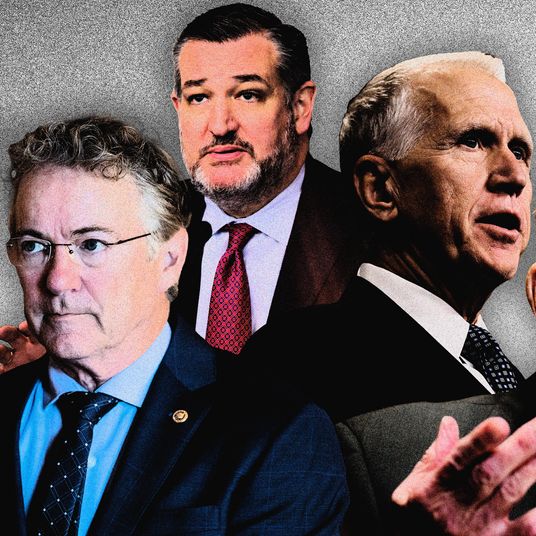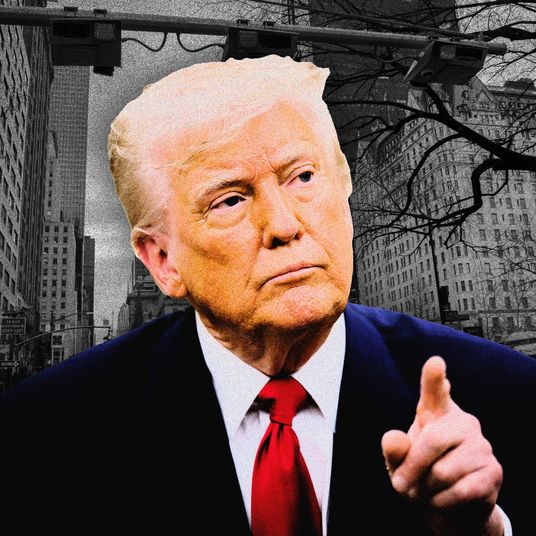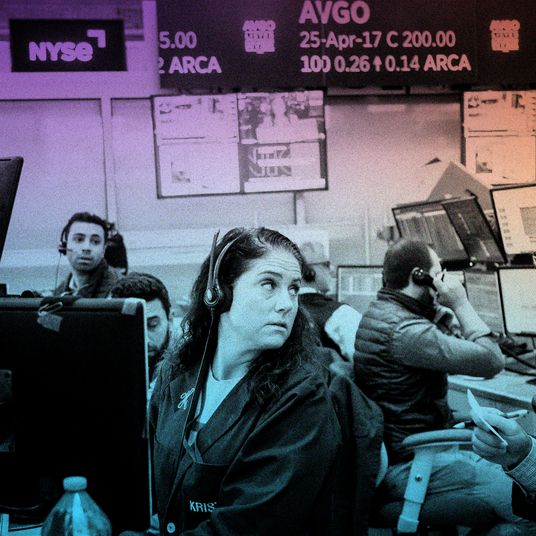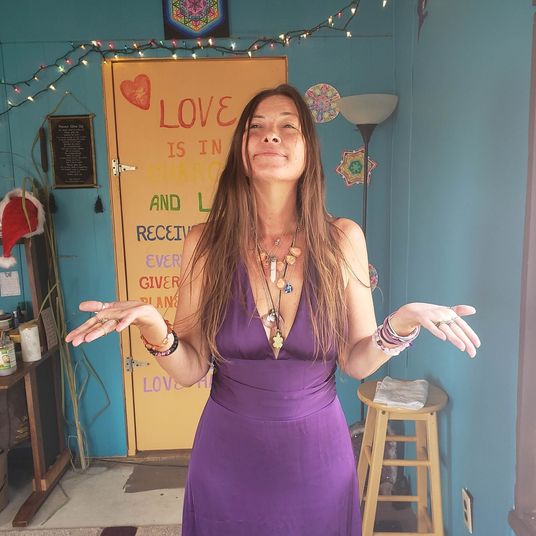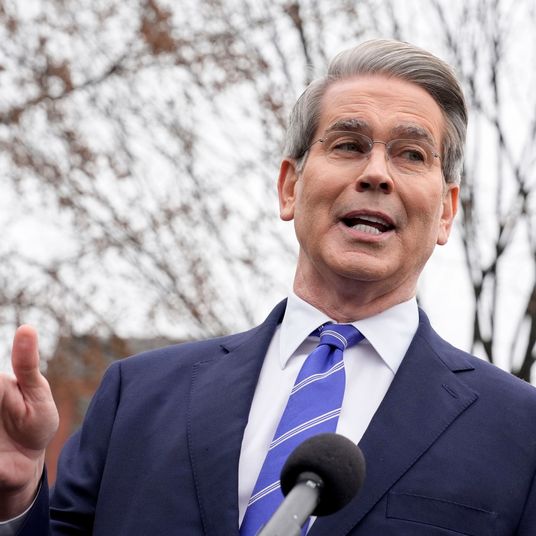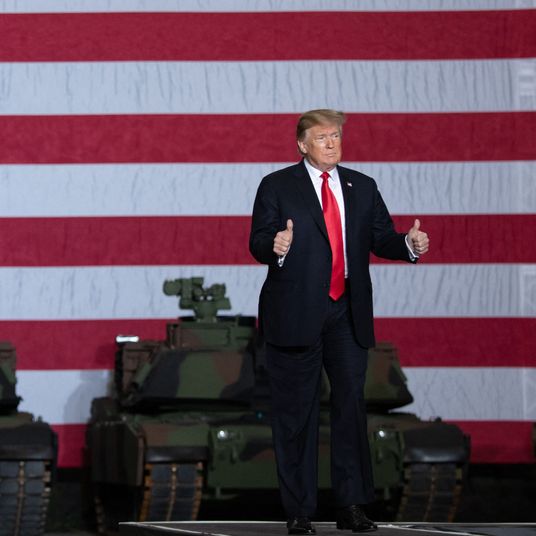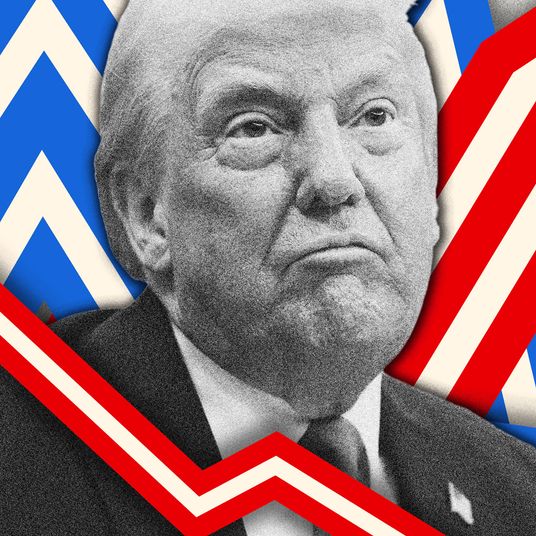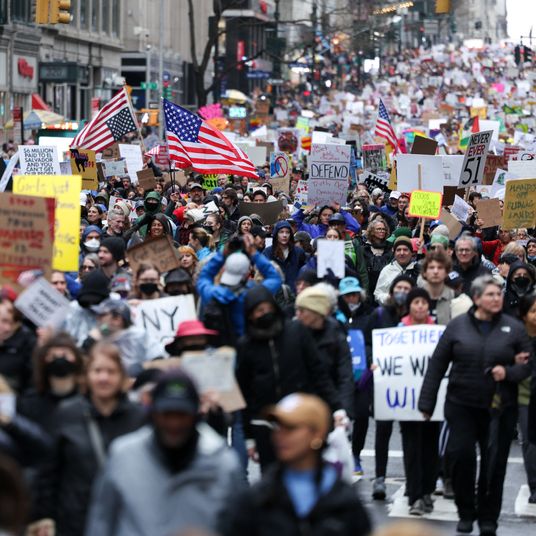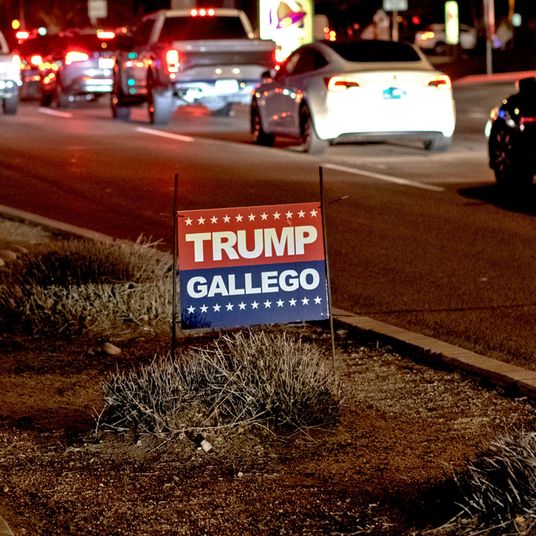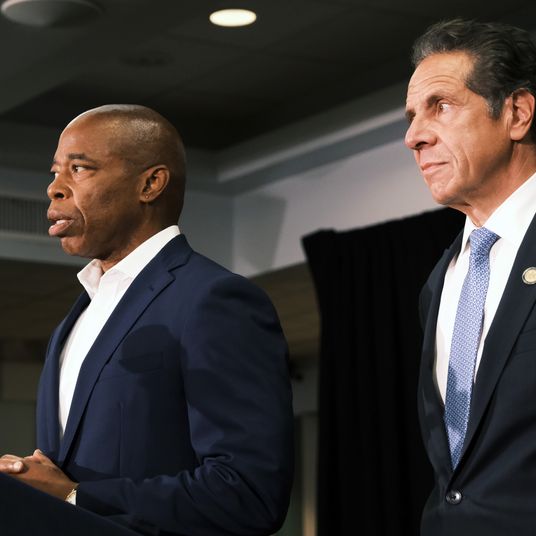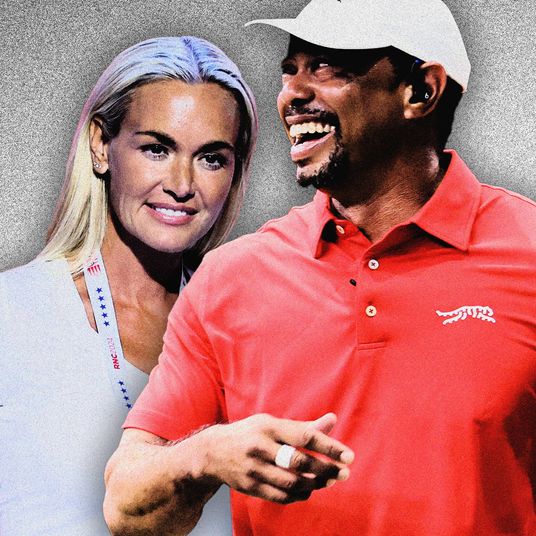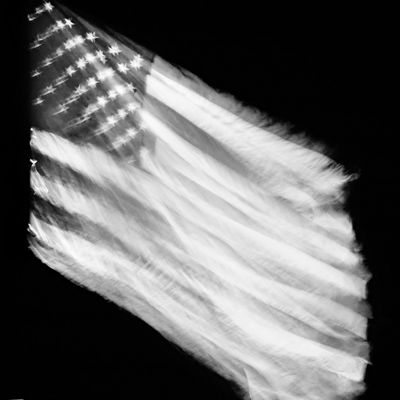
Near the beginning of Ibram X. Kendi’s celebrated best-seller, How to Be an Antiracist, Kendi writes something that strikes me as the key to his struggle: “I cannot disconnect my parents’ religious strivings to be Christian from my secular strivings to be anti-racist.” Kendi’s parents were “saved into Black liberation theology and joined the churchless church of the Black Power movement.” That was their response — at times a beautiful one — to the unique challenges of being black in America.
And when Kendi’s book becomes a memoir of his own life and comes to terms with his own racism, and then his own cancer, it’s vivid and complicated and nuanced, if a little unfinished. He is alert to ambiguities, paradoxes, and the humanness of it all: “When Black people recoil from White racism and concentrate their hatred on everyday White people, as I did freshman year in college, they are not fighting racist power or racist policymakers.” He sees the complexity of racist views: “West Indian immigrants tend to categorize African-Americans as ‘lazy, unambitious, uneducated, unfriendly, welfare dependent, and lacking in family values.’” He describes these painful moments of self-recognition in what becomes a kind of secular apology: a life of a sinner striving for sainthood, who, having been saved, wants to save everyone else.
He does not shy from the racist violence he saw growing up. He tells an anecdote of a black “crew” targeting an Indian kid for his Walkman (which they steal) on the bus one day: “Smurf [the gang leader] landed a side haymaker to the kid’s temple — his head bounced into the window and then the bus’ floor … then [Smurf’s] boys got up to join in. The kid covered his face when the stomps from Timberland boots came pummeling down. It all happened right in front of me. I did nothing. I did nothing.” When his family moves from New York to Virginia, he found the locals lame in comparison, only to realize that “judging the culture I saw in Manassas from the cultural standards of Black New York was no different than White New York judging Black New York from White New York’s cultural standards.”
And yet all this is deployed to deliver a message of total ideological simplicity. It’s a very strange dynamic: Here is this vivid character, falling in love, facing sickness, finding a voice, discovering authors, exploring cultures and subcultures … but who keeps interrupting this story to fit it into a worldview that flattens everything into the crudest binary of oppressor and oppressed. Everything in the world, he argues, is either racist or antiracist: “There is no such thing as a nonracist or race-neutral policy … If discrimination is creating equity, then it is antiracist. If discrimination is creating inequity, then it is racist.” Inequity is defined as any difference between any ethnic groups in their average outcomes in any field of life or work. Any policy that leads to any racial differentials in anything that doesn’t roughly reflect the racial demographics of the society is ipso facto racist.
Liberal values are therefore tossed out almost immediately. Kendi, a star professor at American University and a recent Guggenheim Fellowship winner, has no time for color-blindness, or for any kind of freedom which might have some inequality as its outcome. In fact, “the most threatening racist movement is not the alt-right’s unlikely drive for a White ethno-state, but the regular American’s drive for a ‘race-neutral’ one.” He has no time for persuasion or dialogue either: “An activist produces power and policy change, not mental change.” All there is is power. You either wield it or are controlled by it. And power is simply the ability to implement racist or antiracist policy.
The book therefore is not an attempt to persuade anyone. It’s a life story interspersed with a litany of pronouncements about what you have to do to be good rather than evil. It has the tone of a Vatican encyclical, or a Fundamentalist sermon. There is no space in this worldview for studying any factor that might create or exacerbate racial or ethnic differences or inequalities apart from pure racism. If there are any neutral standards that suggest inequalities or differences of any sort between ethnic groups, they are also ipso facto racist standards. In fact, the idea of any higher or lower standard for anything is racist, which is why Kendi has no time either for standardized tests. In this view of the world, difference always means hierarchy.
Kendi writes that there “is no such thing as White blood or Black diseases or Latinx [sic] athleticism” — which certainly has some truth to it. But there really are subtle genetic differences between subpopulations, which means that a doctor should be alert to diseases that are much more common in blacks than whites, like sickle cell anemia. And there are real cultural differences that are not at all racist or hierarchical. To flatten our mysterious and diverse human world into this crude structure misses so, so much. And surely a man who has lived Kendi’s life knows this.
He’s capable of conveying the complicated dynamics of that violent mugging on a bus, but somehow insists that the only real violence is the structural “violence” of racist power. After a while, you realize that this worldview cannot be contradicted or informed by any discipline outside itself — sociology, biology, psychology, history. Unlike any standard theory in the social sciences, Kendi’s argument — one that is heavily rooted in critical theory — about a Manichean divide between racist and anti-racist forces cannot be tested or falsified. Because there is no empirical reality outside the “power structures” it posits.
So, for the reader who is not interested in entertaining doubts, what does it take to become an anti-racist? Kendi finishes his book with a bathetic, platitudinous list of must-dos. Here’s one: “Invent or find antiracist policy that can eliminate racial inequity.” Here’s another: “Deploy antiracist power to compel or drive from power the unsympathetic racist policymakers in order to institute the antiracist policy.” He never gets more specific. Again, it’s hard not to notice that there is no room for changing minds and hearts in his worldview. The point is to get and use power. You do not vote racist politicians out of office, or persuade others to do so in a liberal democratic process. You “compel” them or “drive them from office” with “antiracist power.” And one is left to wonder what he could possibly mean by that?
Kendi is careful not to say the quiet part out loud. Hence the vagueness at the end of the book. But in a recent Politico symposium on how to fix inequality in America, Kendi did get more specific. He supports a constitutional amendment “that enshrines two guiding anti-racist principles: Racial inequity is evidence of racist policy and the different racial groups are equals.” This is how he thinks it would work:
“It would establish and permanently fund the Department of Anti-racism (DOA) comprised of formally trained experts on racism and no political appointees. The DOA would be responsible for preclearing all local, state and federal public policies to ensure they won’t yield racial inequity, monitor those policies, investigate private racist policies when racial inequity surfaces, and monitor public officials for expressions of racist ideas. The DOA would be empowered with disciplinary tools to wield over and against policymakers and public officials who do not voluntarily change their racist policy and ideas.”
There is, of course, no conceivable way such an amendment would succeed in the grueling process that is amending the Constitution. And this amendment is completely incompatible with many other core tenets of the American Constitution. But it really is a revelation to see the goal Kendi sets.
He wants unelected “formally trained experts on racism” (presumably all from critical race-theory departments) to have unaccountable control over every policy that won’t yield racial equality in every field of life, public or private. They are tasked with investigating “private racist policies.” Any policy change anywhere in the U.S. would have to be precleared by these “experts” who could use “disciplinary tools” if policymakers do not cave to their demands. They would monitor and control public and private speech. What Kendi wants is power to coerce others to accept his worldview and to implement his preferred policies, over and above democratic accountability or political opposition. Among those policies would be those explicitly favoring nonwhites over whites because “the only remedy to past discrimination is present discrimination. The only remedy to present discrimination is future discrimination.”
Every now and again, it’s worth thinking about what the intersectional left’s ultimate endgame really is — and here it strikes me as both useful and fair to extrapolate from Kendi’s project. They seem not to genuinely believe in liberalism, liberal democracy, or persuasion. They have no clear foundational devotion to individual rights or freedom of speech. Rather, the ultimate aim seems to be running the entire country by fiat to purge it of racism (and every other intersectional “-ism” and “phobia”, while they’re at it). And they demand “disciplinary tools” by unelected bodies to enforce “a radical reorientation of our consciousness.” There is a word for this kind of politics and this kind of theory when it is fully and completely realized, and it is totalitarian.
The Nature of Sex, Continued
I once thought I understood what sex and gender meant. “Sex” meant male or female; “gender” meant how you express that sex. Simple enough. I also thought that homosexuality was defined as a sexual and emotional attraction to someone of your own sex, as would be implied by “homo” meaning same, and “sexuality” meaning, well, sexuality. This baseline agreement on basic terms was a good start for a reasoned debate. You can tell someone’s sex by their chromosomes, hormones, genitals and secondary sex characteristics. You can tell someone’s gender by the way they manifest their sex and sex characteristics. People have infinitely different ways to express their maleness or femaleness, and cultures create different norms for these expressions. And my basic position was that we should expand those norms and accept all types of nonconforming men and women as very much men and very much still women.
But now I’m confused, and I don’t think I’m alone. Slowly but surely, the term “sex” has slowly drifted in meaning and become muddled with gender. And that has major consequences for what homosexuality actually is, consequences that are only beginning to be properly understood. Take the Equality Act, the bill proposed by the biggest LGBTQ lobby group, the Human Rights Campaign, backed by every single Democratic presidential candidate, and passed by the House last May. Its core idea is to enhance the legal meaning of the word “sex” so it becomes “sex (including sexual orientation and gender identity).”
The Act provides four different ways to understand the word “sex,” only one of which has any reference to biology. Sex means first “a sex stereotype”; secondly “pregnancy, childbirth, or a related condition”; thirdly “sexual orientation or gender identity”; and last “sex characteristics, including intersex traits.” Yes, at the end, we have “sex characteristics” in there — i.e., biological males and females — qualified, as it should be, by the intersex condition. But it’s still vague. “Sex characteristics” can mean biologically male or female, but can also mean secondary sex characteristics, like chest hair, or breasts, which can be the effect of hormone therapy. So in fact, the Act never refers to men and women as almost every human being who has ever existed on Earth understands those terms.
The definition of “gender identity” in the Equality Act is “the gender-related identity, appearance, mannerisms, or other gender-related characteristics of the individual’s designated sex at birth.” Notice that this views “sex” as merely “designated” at birth. It seems to have no deeper meaning than a provisional social label attached by others. (That’s why the current trans-friendly terms for babies are not “male” and “female,” but “AMAB” — assigned male at birth — or “AFAB” — assigned female at birth.) It is as if we have redefined all of humanity around the tiny minority that is trans or intersex, so that the exception no longer proves the rule, but completely redefines it.
For a glimpse of what this means in practice, here’s a Canadian website, Sex-Ed School, relying on the resources of The Sex Information and Education Council of Canada. In this clip from their web series, the sex educators ask the elementary-school kids if “everyone born with a vulva is a girl.” Most of the kids say yes. But they’re wrong. The correct answer is that “our genitals don’t determine our gender and people born with vulvas can be boys.” Gender, the young kids are told, is “how you feel on the inside about whether you’re a boy or a girl, a man or a woman, if you’re nonbinary, feel like neither or both. People can also be fluid, feel more like female, more like a male based on the day or time. It’s all individual.” This is being taught to school kids ages 9 through 12 as fact by people who say they are sex researchers and educators.
And notice how “boy” and “girl” are in the very same category with the very same status as “fluid” and “nonbinary”. In the sex-ed course, the first lesson is not on the differences between men and women and how they make babies, as one might naïvely imagine. No, it’s on consent, not sex, and then there are episodes for gender and orientation, but still no lesson on sex itself, on the natural reproductive differences between boys and girls, which is how humans exist at all. The dolls they use for reference are sex-free, Ginger and Blue. The teacher tells us that one of them uses “they” as a pronoun. One lesson has the kids attaching toy versions of penises, vulvas, boobs, balls, which the kids assign at random. The teachers almost never say “boys” and “girls,” it’s always “people.” So some people have breasts and some people have penises.
In these lesson plans, here’s the definition of homosexuality: “a person’s sexual identity in relation to the gender to which they are attracted.” Homosexuality is thereby redefined as homogenderism. It’s no longer about attraction to the same sex, but to the same gender. I’m no longer homosexual; I’m homogender. But what if the whole point of my being gay is that I’ve always been physically attracted to men? And by men, I mean people with XY chromosomes, formed by natural testosterone, with male genitals, which is what almost every American outside these ideological bubbles means by “men.” I do not mean people with XX chromosomes, formed by estrogen, with female genitals, who have subsequently used testosterone to masculinize their female body — even though I would treat them with the respect and dignity they deserve in every context.
But under the successor ideology, as Wes Yang puts it, a lesbian who doesn’t want to have sex with a trans woman, because she has a penis, is ipso facto transphobic. In a recent Slate advice column, Rich Juzwiak (whom I usually adore) argues that a straight man should not necessarily care if a trans woman he might be dating has male genitals, because “he doesn’t have to [play with a penis], even if one is present.”
Of course, anyone can and should like whatever they like and do whatever they want to do. But if a gay man doesn’t want to have sex with someone who has a vagina and a lesbian doesn’t want to have sex with someone who has a dick, they are not being transphobic. They’re being — how shall I put this? — gay. When Rich suggests that “it’s not just possible but observable and prevalent to have ‘preferences’ that dog-whistle bigotry,” and he includes in the category of “preferences” not liking the other sex’s genitals, he’s casting a moral pall over gayness itself. Suddenly we’re not just being told homosexuality is “problematic” by the religious right, we’re being told it by the woke left.
That’s the price of merging gender with sex. It’s time the rest of us woke up and defended our homosexuality.
Britain’s Working Classes Turn Right
One last, brief note. There are many parallels between British and American politics — Brexit-Trump, for example. But an interesting nugget from the opinion polling in Britain right now suggests a deep realignment between Labour and Tory voters. As Labour has gone full-metal socialist, kinda pro-E.U., and politically correct, and as the Tories have become increasingly associated with Brexit and normies, their bases are shifting economically. A 2017 YouGov poll explains:
“Class” used to be central to understanding British politics. The Conservatives, to all intents and purposes, were the party of the middle class and Labour that of the workers. The dividing lines were so notable that you could predict, with a reasonable degree of accuracy, how someone would vote just by knowing their social grade … For example at the 1992 election the Conservatives lead Labour amongst ABC1 (middle class) voters by around 30 points, whilst Labour was leading amongst C2DE (working class) voters by around 10 percentage points. As this [2017] campaign starts, the Conservatives hold a 22% lead amongst middle class voters and a 17% lead amongst working class ones.
And what do we find as the 2019 campaign gets underway? These trends have only deepened. YouGov polling from this month shows the Tories’ middle-class margin over Labour has basically halved — from 22 percent in 2017 to just 9 percent today. But the Tory lead over Labour among working-class voters has gone from 17 to 20 percent. In this group, the Tories are now at 47 percent, compared with Labour’s 27. The Tories now have almost twice as many working-class voters as Labour, which was founded to defend the working class! This is changeable, of course. It’s an unpredictable election campaign. But since the campaign began, the Tories have gone up by ten points among the working classes, and Labour has gone up by only four points.
Sound familiar?
See you next Friday.



